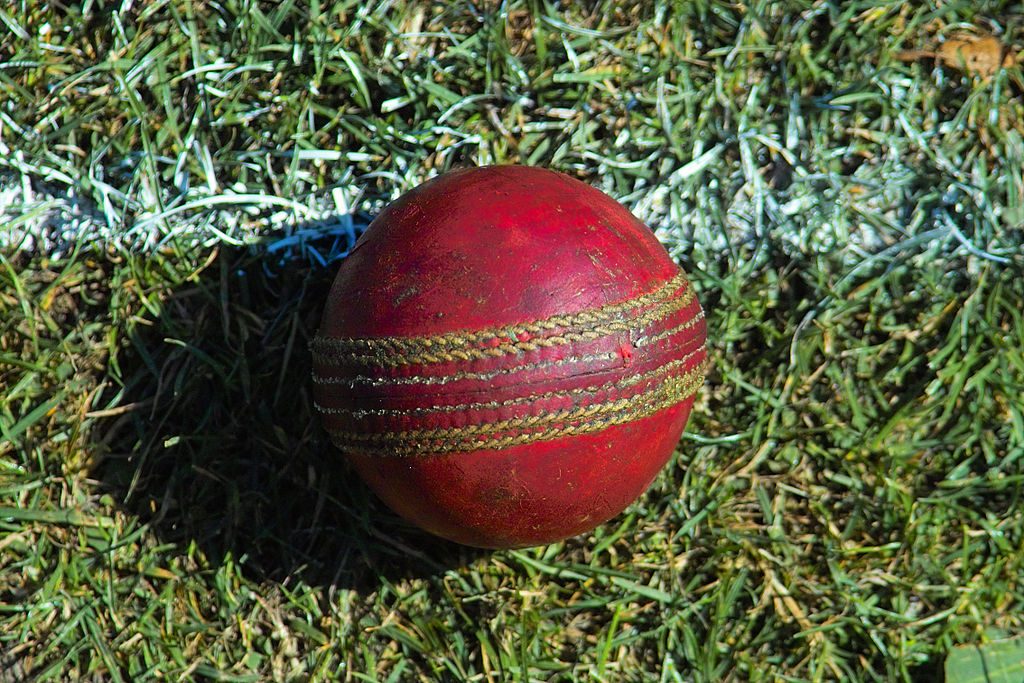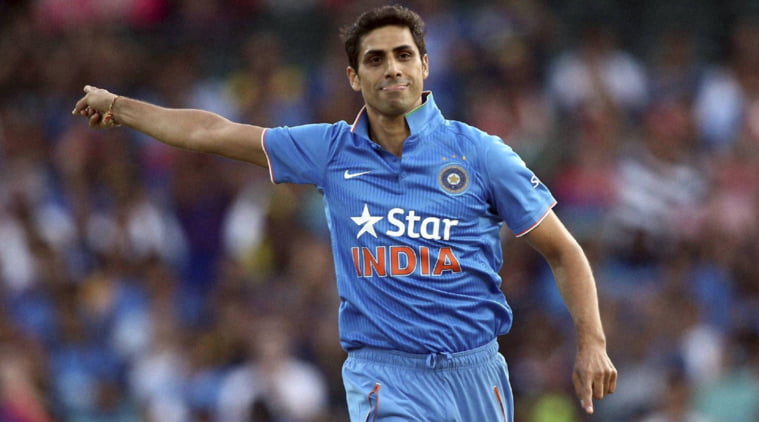Reverse swing is trending for the last few days. After the deliberate ball-tampering incident was made by Australian opener Cameron Bancroft (under the instruction of leadership group) against South Africa in the Cape Town Test, there is the question raised about what is the legal and illegal line to make the ball able for reverse swing.
In this article, we are going to discuss it briefly.

(Conventional swing vs Reverse swing)
The conventional swing is known as normal swing due to the ball swings towards the side where the seam is pointing. It naturally happens with the new and fresh balls. Talking from the right-handed batsman angle, if the ball moves away from the batsman then it is known as out-swinger and if the ball comes in towards the batsman then it is known as in-swinger.
To make able the ball for reverse swing, one side needs to be rougher and the other side needs to be shinier. It doesn’t matter where the seam is pointing, the ball always swings towards the shinier side because the rougher side becomes lighter. To make this reverse swing perfectly, it’s necessary to generate a lot of pace on the ball and that’s why 140+ kmph bowlers can do this better. This technique generally provides more swing than the normal swing and sometimes it can be lethal for the batsmen.
Also read: Darren Lehmann Gets Green Signal, Smith, Warner and Bancroft Sent Back To Australia
(Difference between preparing the reverse swing ball legally and illegally)
Preparing the ball for reverse swing (legally): It takes a huge time as generally, it becomes effective more than 40 overs old ball. The bowling team can use sweat, saliva or spit to make one side shinier than other. Further, if the pitch or outfield is abrasive then it makes one side rougher which is not taken care.
Preparing the ball for reverse swing (illegally or ball-tampering): It takes much lesser time to happen. Generally, the bowling side applies the external forces to make a side rougher or shinier. To make a side shinier or heavier, the bowling side can use sweat and saliva with an “artificial substance” like mint, Vaseline etc.
On the other hand, to making a side rougher, the bowling side can use a zipper, sandpaper or anything that can help to create the rough patch.

Also read: Graeme Smith not happy with ICC’s ball-tampering verdict
(Some experts views on reverse swing)
A senior umpire told TOI, “There are a few ways of preparing ball which don’t breach the laws of the game. We need to keep a check on the frequency of one-bounce throws along with keeping a watch on whether the ball is repeatedly given one or two particular players to polish the ball. The sunscreen creams that the players apply on their faces and arms too can be used unfairly. That’s when the ball needs to be checked by the umpire to see if it feels sticky.”
Recently, former Indian left-arm pacer quoted on that ball-tampering incident, “Yes, it’s an art but then stealing is also an art. Would you put a thief in jail or praise him. Reverse swing is an art but ball tampering is dishonesty. And there are ways to prepare a ball for reverse swing without tampering,”
Nehra also claimed, “If conditions are dry and the pitch is abrasive, the ball will in any case reverse. For example, at the Feroz Shah Kotla, even a Ranji team will get the SG Test ball to reverse within 10 overs.”

Talking more about the reverse swing technique, Nehra added, “The ones who use their fingers to hold and polish the ball, are the ones preparing the ball. Holding the ball in the sweaty palms makes the ball equally heavy on the rougher side.”
Talking about the reverse swing specialist, Nehra mentioned former Pakistan left-arm pacer Wasim Akram and former Indian left-arm pacer Zaheer Khan, who were known successful in this special method. Nehra said, “Wasim Akram’s reverse swing was more potent because he bowled all kinds of deliveries with the old ball. Zaheer Khan introduced the length-ball form of it. If the ball doesn’t reverse, it can always swing the conventional way.”
